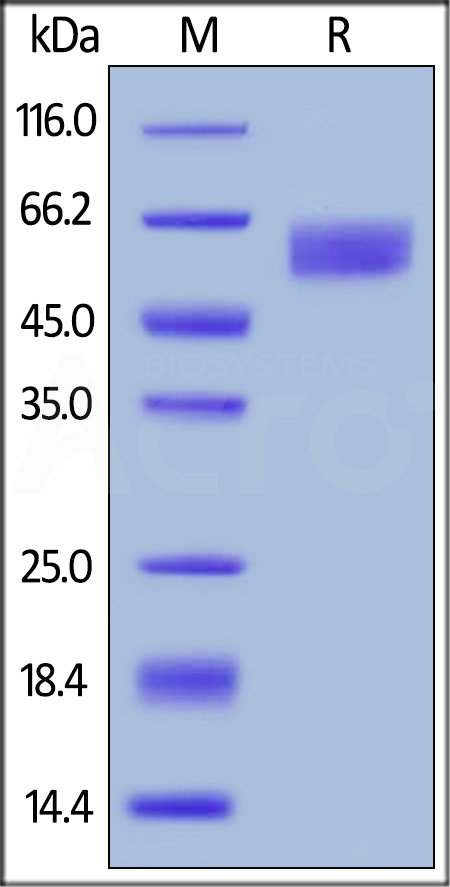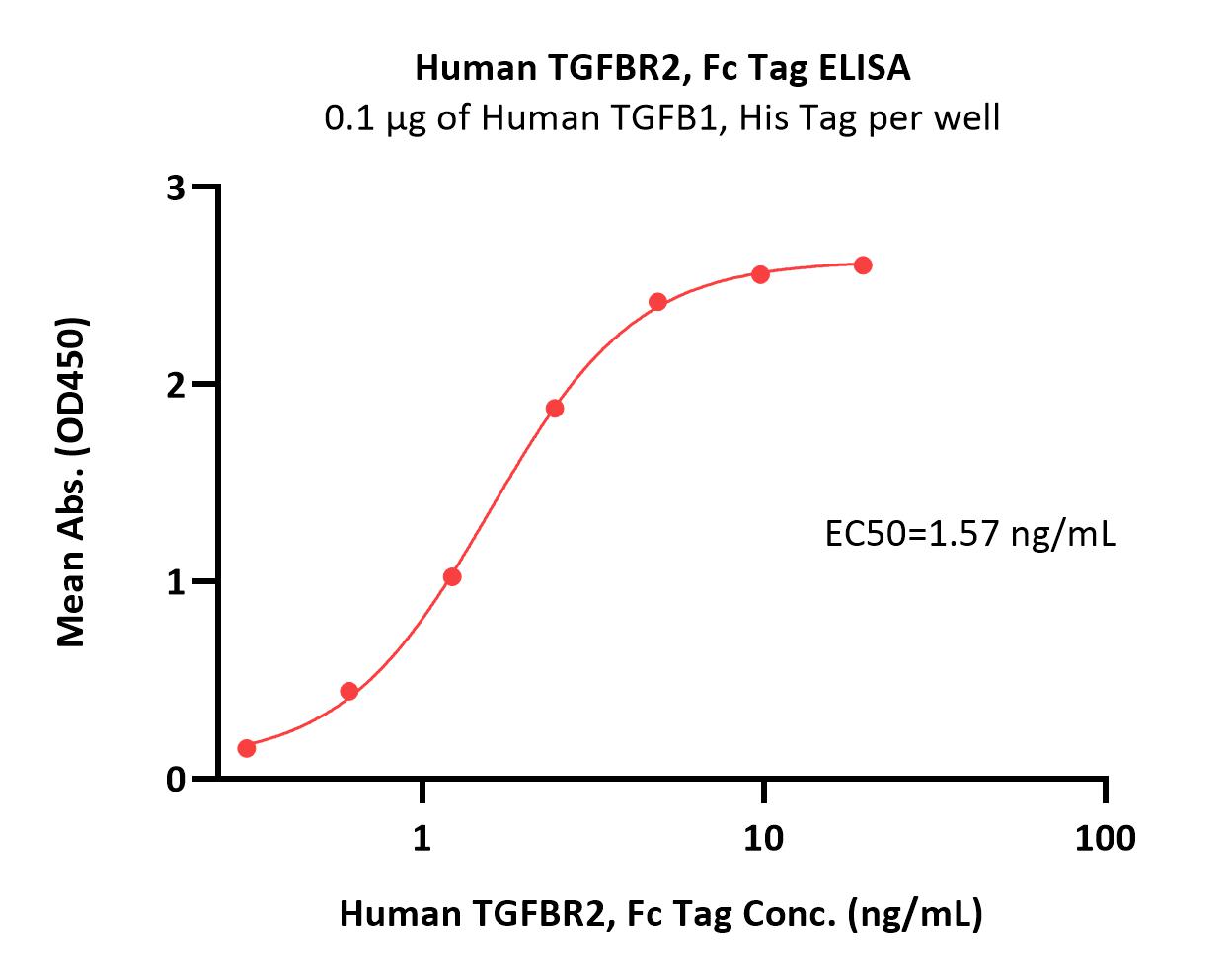The Loss of HJV Aggravates Muscle Atrophy by Promoting the Activation of the TβRII/Smad3 PathwayWang, Tao, Jia
et alInt J Mol Sci (2025) 26 (5)
Abstract: Hemojuvelin (HJV) is a membrane-bound protein prominently expressed in the skeletal muscle, heart, and liver. Despite its established function in iron regulation, the specific role of HJV in muscle physiology and pathophysiology is not well understood. In this study, we explored the involvement of HJV in disuse-induced muscle atrophy and uncovered the potential mechanisms. Hindlimb unloading (HU) resulted in soleus muscle atrophy in wild type (WT) mice, accompanied by a significant decrease in HJV protein expression. The muscle-specific deletion of Hjv (MKO) exacerbated myofiber atrophy, which was associated with an increase in the expression of muscle ubiquitin ligases following HU. Furthermore, the expression of transforming growth factor-β type II receptor (TβRII) and the level of phosphorylated Smad3 (p-Smad3) were elevated after HU, and these effects were exacerbated in MKO mice. The knockdown of TβRII in the skeletal muscle of MKO mice mitigated myofiber atrophy and reversed the hyperactivation of the TβRII/Smad3 pathway induced by HU. Our findings demonstrate that the absence of HJV contributes to the activation of the TβRII/Smad3 signaling pathway and, consequently, the onset of myofiber atrophy in response to HU. Given its abundant expression in skeletal muscle, HJV emerges as a potential therapeutic target for muscle atrophy.
Identification of 8-(2-methyl phenyl)-9H-benzo[f]indeno[2,1-c]quinolin-9-one (C-5635020) as a novel and selective TGFβ RII kinase inhibitor for breast cancer therapyAl Shahrani, Abohassan, Alshahrani
et alBiochem Biophys Res Commun (2025) 746, 151225
Abstract: Transforming growth factor-beta (TGF-β) plays a pivotal role in breast development by modulating tissue composition during the developmental phase. The TGFβ type II receptor (TGFβ RII) is implicated in breast cancer and represents a valuable therapeutic target. Due to the off-target side effects of many existing TGFβI/TGFβ RII inhibitors, a more targeted approach to drug discovery is necessary. This study used computational modeling and molecular dynamics simulations to screen the ChemBridge small molecule library against TGFβ RII.This study employed high-throughput virtual screening, molecular dynamics simulations, and binding free energy calculations to identify potential inhibitors targeting TGF-β RII. MDA-MB 231 and MCF-7 breast cancer cells were used in anti-proliferative, tans-endothelial migration, and flow cytometric assays for in vitro validations.We identified 8-(2-methylphenyl)-9H-benzo[f]indeno[2,1-c]quinolin-9-one (C-5635020) as a potent and selective inhibitor. Protein-ligand modeling analysis revealed that C-5635020 targets the kinase domain of TGFβ RII with superior binding affinities compared to the standard drug, staurosporine. Computational results suggest that C-5635020 selectively binds and inhibits TGFβ RII activity, thereby controlling cell proliferation in breast cancer. In vitro, experiments corroborated these predictions, where C-5635020 inhibited TGFβ RII and p-Smad 2/3 positive population in MDAMB-231 and MCF-7 cells. The compound dose-dependently inhibited cell proliferation, trans-endothelial migration, and increased apoptosis in both breast cancer cell lines.The strong binding affinity, stability, and favorable thermodynamics of C-5635020 with established in vitro efficacy highlight its potential as a lead compound for further preclinical and clinical developments for breast cancer treatment.Copyright © 2024. Published by Elsevier Inc.
The Role of TGF-β1 and Mutant SMAD4 on Epithelial-Mesenchymal Transition Features in Head and Neck Squamous Cell Carcinoma Cell LinesBette, Reinhardt, Gansukh
et alCancers (Basel) (2024) 16 (18)
Abstract: The aim of the present study was to investigate possible differences in the sensitivity of HNSCC cells to known EMT regulators. Three HNSCC cell lines (UM-SCC-1, -3, -22B) and the HaCaT control keratinocyte cell line were exposed to transforming growth factor beta 1 (TGF-β1), a known EMT master regulator, and the cellular response was evaluated by real-time cell analysis (RTCA), Western blot, quantitative PCR, flow cytometry, immunocytochemistry, and the wound closure (scratch) assay. Targeted sequencing on 50 cancer-related genes was performed using the Cancer Hotspot Panel v2. Mutant, and wild type SMAD4 cDNA was used to generate recombinant SMAD4 constructs for expression in mammalian cell lines. The most extensive response to TGF-β1, such as cell growth and migration, β-actin expression, or E-cadherin (CDH1) downregulation, was seen in cells with a more epithelial phenotype. Lower response correlated with higher basal p-TGFβ RII (Tyr424) levels, pointing to a possible autocrine pre-activation of these cell lines. Targeted sequencing revealed a homozygous SMAD4 mutation in the UM-SCC-22B cell line. Furthermore, PCR cloning of SMAD4 cDNA from the same cell line revealed an additional SMAD4 transcript with a 14 bp insertion mutation, which gives rise to a truncated SMAD4 protein. Overexpression of this mutant SMAD4 protein in the highly epithelial control cell line HaCaT resulted in upregulation of TGF-β1 and vimentin. Consistent with previous reports, the invasive and metastatic potential of HNSCC tumor cells appears associated with the level of autocrine secretion of EMT regulators such as TGF-β1, and it could be influenced by exogenous EMT cytokines such as those derived from immune cells of the tumor microenvironment. Furthermore, mutant SMAD4 appears to be a significant contributor to the mesenchymal transformation of HNSCC cells.
Expression and Transcriptional Targets of TGFβ-RII in Paracentrotus lividus Larval SkeletogenesisGoloe, Gildor, Ben-Tabou de-Leon
Genesis (2024) 62 (4), e23614
Abstract: Organisms from the five kingdoms of life use minerals to harden their tissues and make teeth, shells and skeletons, in the process of biomineralization. The sea urchin larval skeleton is an excellent system to study the biological regulation of biomineralization and its evolution. The gene regulatory network (GRN) that controls sea urchin skeletogenesis is known in great details and shows similarity to the GRN that controls vertebrates' vascularization while it is quite distinct from the GRN that drives vertebrates' bone formation. Yet, transforming growth factor beta (TGF-β) signaling regulates both sea urchin and vertebrates' skeletogenesis. Here, we study the upstream regulation and identify transcriptional targets of TGF-β in the Mediterranean Sea urchin species, Paracentrotus lividus. TGF-βRII is transiently active in the skeletogenic cells downstream of vascular endothelial growth factor (VEGF) signaling, in P. lividus. Continuous perturbation of TGF-βRII activity significantly impairs skeletal elongation and the expression of key skeletogenic genes. Perturbation of TGF-βRII after skeletal initiation leads to a delay in skeletal elongation and minor changes in gene expression. TGF-β targets are distinct from its transcriptional targets during vertebrates' bone formation, suggesting that the role of TGF-β in biomineralization in these two phyla results from convergent evolution.© 2024 The Author(s). genesis published by Wiley Periodicals LLC.



























































 膜杰作
膜杰作 Star Staining
Star Staining

















